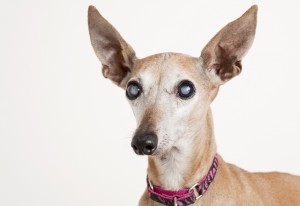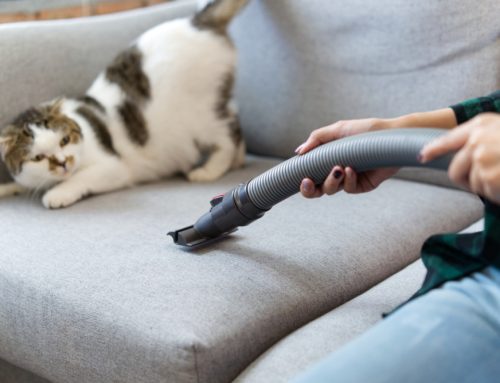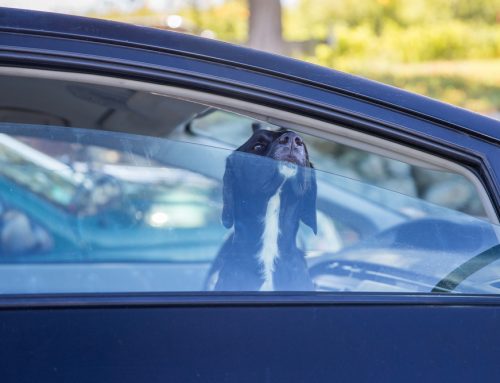 We depend on our vision for so much that it is hard to imagine a world of darkness. From surfing the internet, to watching a movie, to appreciating a favorite art piece, our vision is a huge part of our lives.
We depend on our vision for so much that it is hard to imagine a world of darkness. From surfing the internet, to watching a movie, to appreciating a favorite art piece, our vision is a huge part of our lives.
When a pet’s vision is taken, it can be devastating, often more so to us than the animal. How will they function? What will their quality of life be like? Fear not, though. While the thought of having a blind pet might be intimidating, most times these amazing animals can do quite well with a little help.
Causes of Blindness
If your pet has total or partial vision loss, life can be a little more challenging for him or her. Pets who are blind may be more confused than previously, be hesitant to move around, or may bump into things or misjudge distances.
While some pets are born blind, many more become blind as they get older. This can be due to:
There is not always anything that you can do to prevent blindness in pets. Age can take vision in any animal. It is best to have your pet’s eyes examined frequently so that problems can be detected early. Some medical conditions that lead to blindness can be slowed or reversed if caught early.
Improving Your Blind Pet’s Quality of Life
Perhaps the biggest thing affecting quality of life for a blind pet is feeling secure in his or her environment. We can help improve this challenge by:
Another thing that can greatly affect a blind pet’s quality of life is pain. While most causes of blindness are painless, sometimes a blind eye can hurt. If your pet paws or rubs at the eye or holds it closed it may be painful. Sometimes the best solution is to remove, or enucleate, the eye to maintain a good quality of life.
Your blind pet doesn’t need babied or doted on. Chances are that you are more worried about your pet’s blindness than him or her. There are certainly things that you can do to help your pet adjust, however.
Helping a Blind Pet
When you have a blind pet, making a little bit of extra effort can go a long way to helping them function more normally. You might:
Animals do use their eyesight in their day to day life, but most are able to adjust with a little effort. There is no need to despair if your beloved friend loses his or her eyesight. There are so many things that we can do to help!






